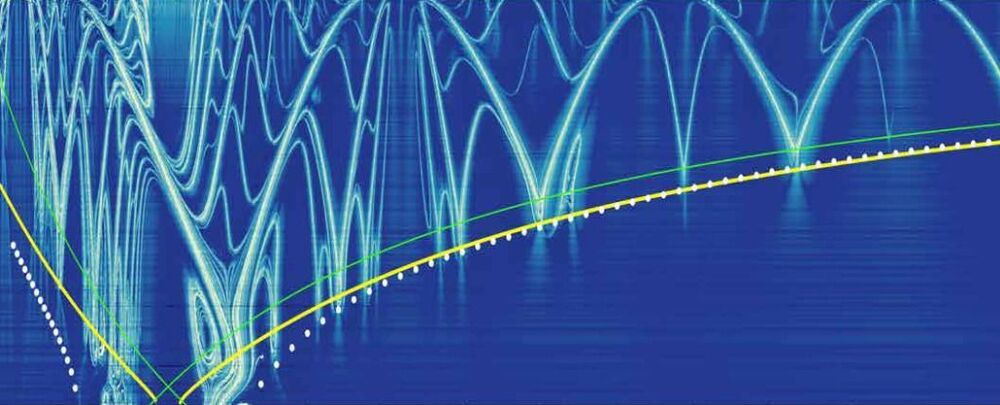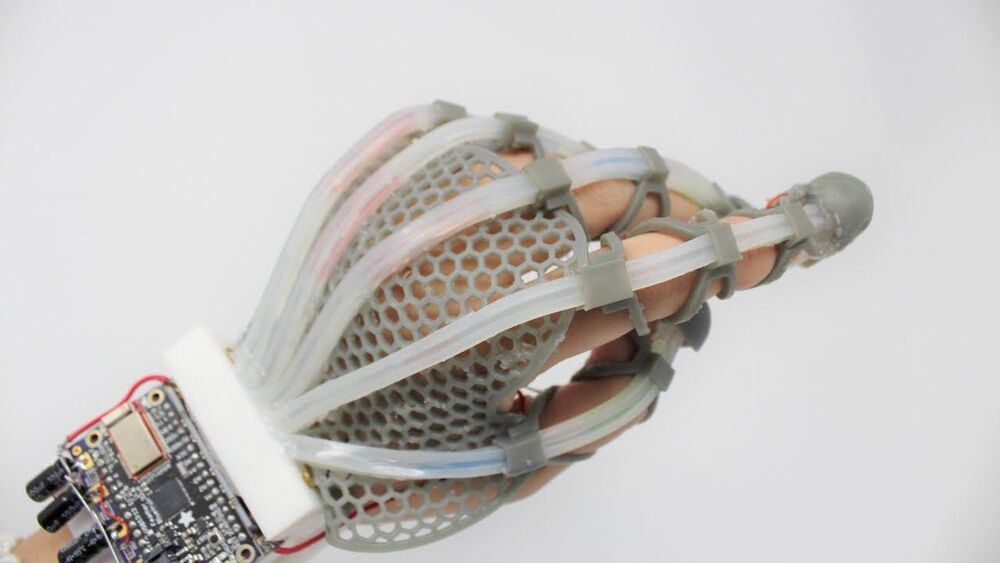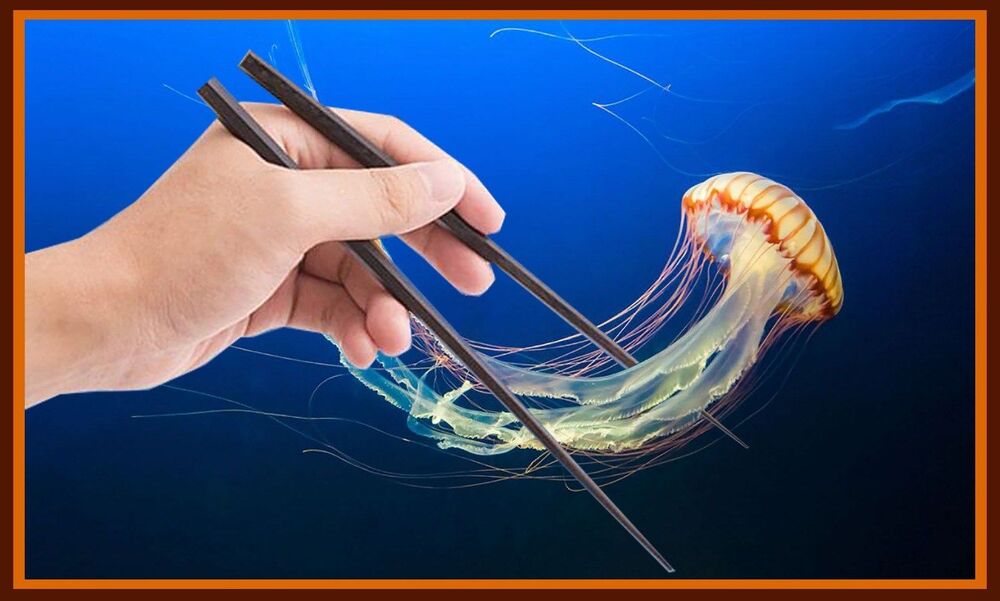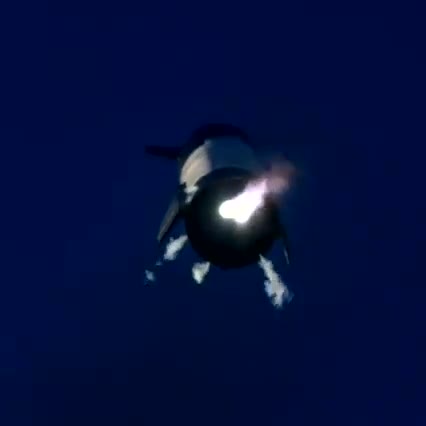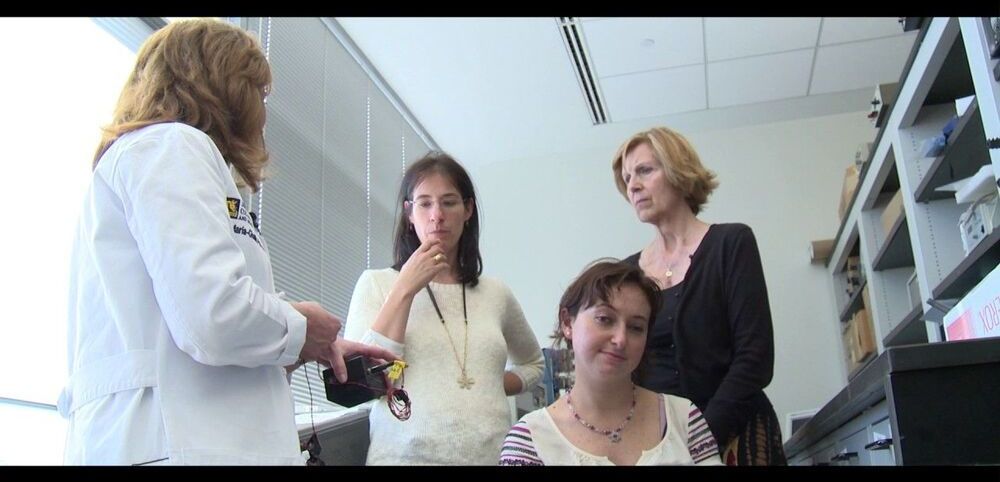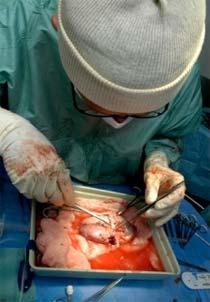Invisible structures generated by gravitational interactions in the Solar System have created a “space superhighway” network, astronomers have discovered.
These channels enable the fast travel of objects through space, and could be harnessed for our own space exploration purposes, as well as the study of comets and asteroids.
By applying analyses to both observational and simulation data, a team of researchers led by Nataša Todorović of Belgrade Astronomical Observatory in Serbia observed that these superhighways consist of a series of connected arches inside these invisible structures, called space manifolds — and each planet generates its own manifolds, together creating what the researchers have called “a true celestial autobahn”.
